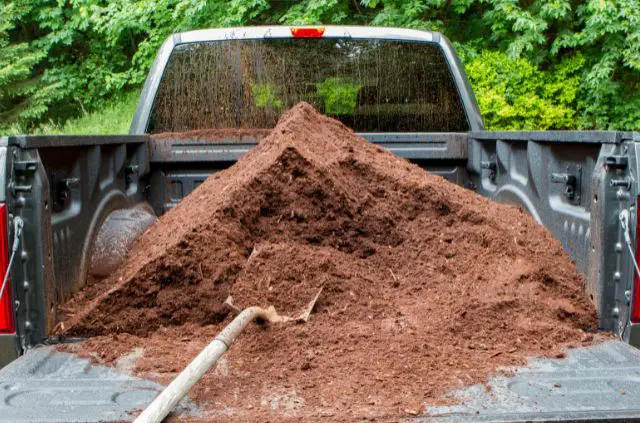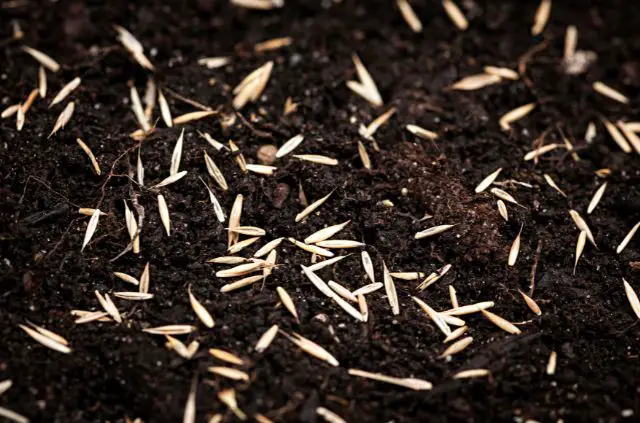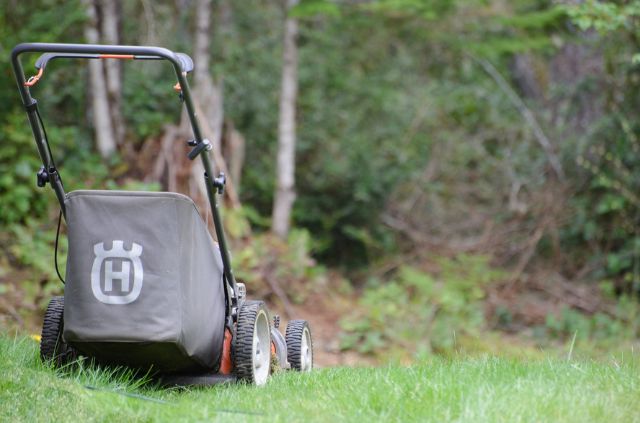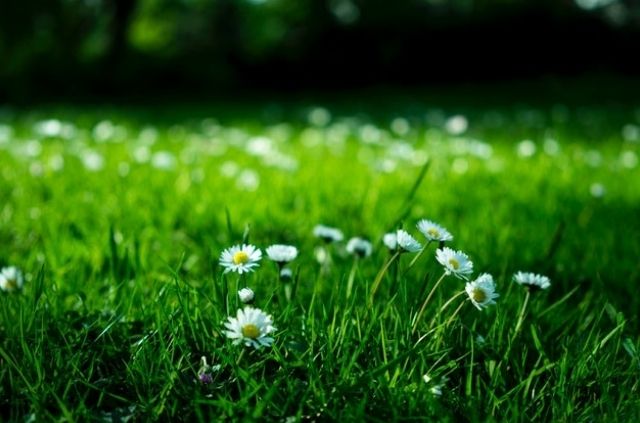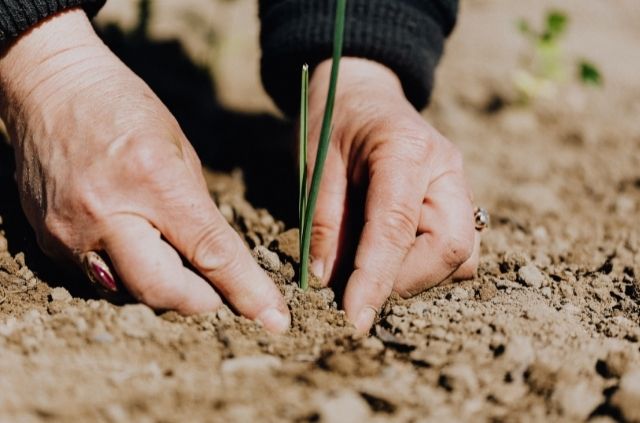Can You Mulch Wet Leaves?
Mulching leaves is one way to keep your lawn clean throughout the fall. But if you’ve experienced a heavy amount of rain lately, things can get tricky. This brings us to the following question: can you mulch wet leaves?
The short answer is yes, you can mulch wet leaves. However, this can cause more problems for your lawn mower and grass in the long run. In the sections below you will learn why mulching wet leaves is not the best idea.
Can You Mow Leaves When Wet?
As we briefly mentioned above, it’s possible to mow wet leaves. However, this practice can cause harm to your lawn mower. Large piles of wet leaves will be heavy and they will add more stress to your machine as a result.
Mowing small amounts of wet leaves isn’t a big deal. Problems arise when homeowners attempt to mow their entire yard. The leaves will most likely get stuck in the blades, discharge chute, or both.
When this happens the lawnmower can overheat and the engine will be operating at a much higher temperature. Overloading any type of machine can cause problems and decrease the engines lifespan.
What to Do with Wet Leaves
The good news is there are a few different steps you can take if your lawn is covered in wet leaves. The options below may not be as easy as mulching, but they will keep your lawn clear.
Try a Leaf Blower
Using a leaf blower on your lawn is a much safer way to clear your yard. Keep in mind this only works if your property has an area (like woods) where you can blow the leaves into.
Wet leaves will also take longer to move around with a leaf blower. Due to the added weight, they will not move as quickly and easily compared to if they were dry.
It’s recommended to use a gasoline powered leaf blower for this job. These machines will be much more powerful and you won’t have to worry about the battery dying with an electric blower.
Use a Rake
Raking leaves is the old school way of cleaning up your lawn. Let’s be honest – there’s nothing fun about using a rake, but it will get the job done. It will however take much longer.
There are a couple options after you’ve raked the leaves into small piles. You can either compost them in a dedicated section of your yard, or bag them for curbside pick up.
Remember that wet leaves will always be heavier, so this task will be more physically demanding. It helps to work with a few different people so you can rake the leaves up faster and save your back.
Let them Dry
One of the easiest ways to deal with wet leaves is to let them dry. This may seem like a very obvious tip – but it’s true. Wet leaves will be much harder to mow, mulch, and pick up.
The good news is there is something you can do to speed up the drying process. If you have a very thick layer of leaves, try spreading them apart with a rake, or a leaf blower.
Big piles of wet leaves will always take much longer to dry. But when you spread them out into a thin layer, sunlight will be able to dry them much more quickly. This process will only take a few days with full sun.
How to Mulch Leaves
Mulching leaves can be accomplished with most modern lawn mowers. All you need to do is set the mower to the mulch setting, in order to break down all of the leaves in your yard.
1. Assess the Lawn
Before you begin this outdoor project, it helps to walk around the lawn first. You will need to pick up any sticks and put away lawn furniture, children’s toys, and outdoor tools.
These objects will get in your way during the mulching process and you don’t want to run them over with the lawn mower. That will certainly cause damage to the blades and be an expensive repair.
You will also need to make sure the leaves aren’t too deep on the lawn. Spread them out with a rake, as most lawnmowers will only be able to mulch a few inches of leaves at once.
2. Set the Mulch Setting
The second and most important step to mulching leaves is turning your lawnmower to the correct setting. With this adjustment, the leaves will be cut and re-cut after they drop down from the deck.
For best results, try to avoid rushing this process. Set your lawnmower to a slower speed so you can break down all the leaves on your lawn. If you go too fast, the leaves might not get cut up.
You can also go over the yard numerous times. Doing multiple passes over the leaves will break them up even further. This very fine mulch will provide many benefits to your grass.
3. Finishing Up
You have a few options after mulching all of those annoying leaves. You can either bag them for trash pickup, put them in a compost pile, or leave them sitting on the grass.
Throwing away old leaves is not good for the environment – so we’ll skip that option. Creating a compost pile can be great, if your goal is to have a perfect looking lawn with no leaves.
But leaving the mulch on your lawn will provide many benefits. It will supply nutrients to the soil and act like a natural fertilizer. When it comes time for the spring, the grass will be much more green and thick.
Final Thoughts
This article began with a simple question: can you mulch wet leaves? Even though it is possible, it’s much easier to deal with dry leaves.
As you have learned in the sections above, wet leaves put much more stress on your lawn mower. And they will also take longer to clean up.
The best solution is to just wait until the leaves are fully dry. You can speed up this process by spreading the leaves out, so sun will dry them faster.
Further Reading
Search Terms
- Can you mulch wet leaves?
- How to mulch leaves

